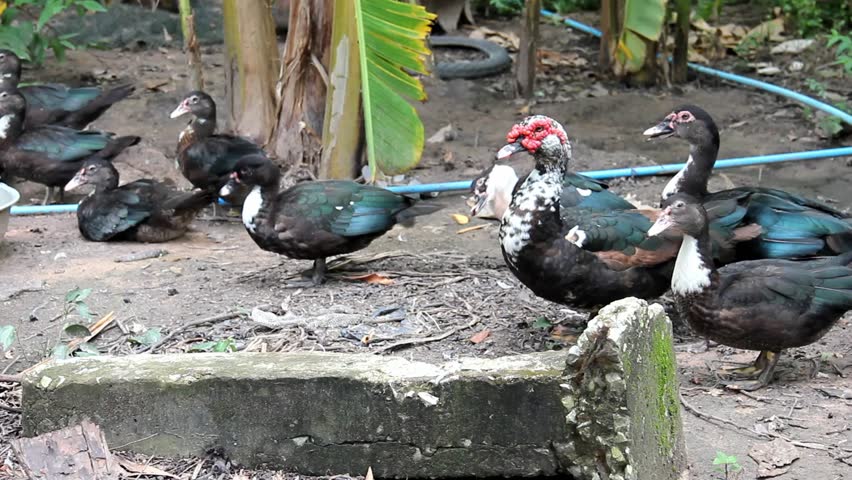Kenya is seeing a boom in agricultural business, especially the breeding and growing of poultry. This lesson discusses the chicken industry specifically, and the breeds and methods used in production.
Poultry in Kenya




Kenya has one of the largest poultry markets in Africa. ‘Poultry’ technically refers to many types of birds raised for meat, and Kenya does raise geese, ducks, guinea fowl, turkeys, and even quail. But they are especially known for their variety of chickens, and meat and egg production.
The world has over 600 varieties of chickens, and Kenya and the surrounding East African countries have 92 of those, making them one of the richest areas for poultry.
The categories of chickens used in Kenya are as follows:
- Broilers – These chickens are ideal for their high growth rate and are raised for meat specifically. These breeds can be slaughtered at only 8 weeks old!
- Layers – This bird is grown for egg laying, contributing to egg and egg powder markets. These breeds start laying at about 6 months old, and produce over 250 eggs a year.
- Kienyeji– This includes other breeds of chicken grown just for meat. Though they don’t grow as fast, they can adapt to different environments well. Their meat has a popular taste as well, and is in high demand.
Poultry Farms
Kenya is known for many small farms . These smaller farms do not export to other countries, but sell to the over 40 million residents within Kenya currently. The largest industry right now is layers and kienyeji chicken farming.
There are two farming systems used in India for poultry growth:
- Intensive – Intensive chicken farming is where farms will put hundreds of thousands of birds into small areas, then grow, slaughter, and sell them. Called the ‘all in, all out’ method, this system is used by the large industry farms.
- Extensive – This method can also be called ‘free range’, a method done on smaller farms where chickens and other poultry have the chance to roam the land.




